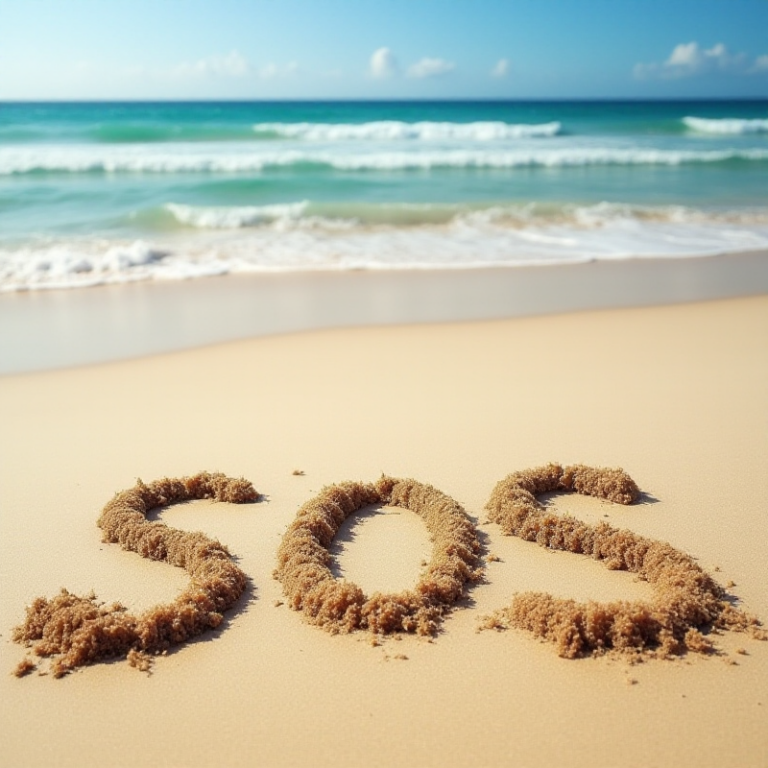Being prepared to signal for help in the wilderness can mean the difference between life and death. Emergency signals, when used correctly, can alert rescuers to your location and ensure you’re found quickly. Whether you’re hiking, camping, or simply enjoying nature, understanding how to communicate distress is essential. This guide will help you master the art of emergency signaling.
Understanding the Basics of Emergency Signals
Emergency signals are any actions or tools used to attract attention in a survival situation. The goal is to create something visible, audible, or noticeable to rescuers. Common signaling methods include visual signals, audible signals, and electronic devices.
When to Use Emergency Signals
- You are injured or unable to move.
- You are lost and unable to navigate back.
- Weather or terrain conditions make self-rescue impossible.
Always prioritize safety before attempting to signal for help.
Top Visual Emergency Signals
Visual signals are among the most effective ways to attract attention, especially during daylight hours. Here are a few options:
1. Fire and Smoke
A signal fire is a tried-and-true method of attracting attention. Create a fire in an open area and use green vegetation to produce thick smoke. Stack wood or stones to keep the fire contained.
2. Reflective Materials
A signal mirror or any shiny object like aluminum foil can be used to reflect sunlight. Aim the reflection towards aircraft or high ground where rescuers may see it.
3. Ground Markings
Use natural materials like rocks, branches, or even your gear to create large, visible shapes such as an “SOS” or an arrow pointing toward your location. The larger the markings, the better.
4. Bright Clothing or Fabric
Wave brightly colored items such as clothing, tarps, or even a survival blanket. These items can be spotted from long distances.
Top Audible Emergency Signals
Sound travels farther than sight in some situations, making audible signals another excellent option.
1. Whistles
A whistle is lightweight, easy to carry, and much louder than shouting. The universal signal for distress is three short blasts. Repeat periodically.
2. Yelling or Noisemakers
If a whistle is unavailable, yelling in bursts or banging on metal objects can be effective. Save your energy by timing your signals.
Using Electronic Devices for Help
Modern technology provides powerful tools for wilderness signaling. While they require power and maintenance, these devices are invaluable:
1. Personal Locator Beacons (PLBs)
PLBs transmit your location via satellite to rescue services. They work in remote areas without cell service.
2. GPS Devices with SOS Functions
Many GPS devices include an SOS feature, allowing you to alert emergency responders directly.
3. Mobile Phones
If you’re in an area with reception, a simple phone call can be your best bet. Always carry a portable power bank to ensure your device remains charged.
Improvising Emergency Signals with Natural Resources
If you lack gear, nature can provide resources for signaling:
- Create Contrasts: Use dark materials on light sand or snow, and vice versa.
- Use Water Reflection: Position reflective surfaces near water for added visibility.
- Shape Natural Materials: Stack rocks or arrange logs to form universally recognized distress symbols like “X” or “SOS.”
Best Practices for Signaling in the Wilderness
- Be Persistent: Keep signaling until help arrives. Rescuers may not spot you immediately.
- Choose High Ground: Signals are more visible from elevated locations.
- Stay Visible: Avoid dense foliage that can obscure your signals.
- Conserve Energy: Signal regularly but don’t exhaust yourself unnecessarily.
Practice and Preparation Save Lives
Before venturing into the wilderness, practice using your signaling tools. Pack items like a whistle, signal mirror, and brightly colored fabric in your survival kit. Familiarize yourself with using PLBs or GPS devices.
Always inform someone of your plans and expected return time. This ensures that someone knows when and where to look for you if needed.
Emergency signals can save your life when used effectively. Master these techniques and tools, and you’ll be prepared for any challenge the wilderness throws your way.
Similar topics: Ways To Signal For Help If You’re Lost Outdoors In The Wilderness



